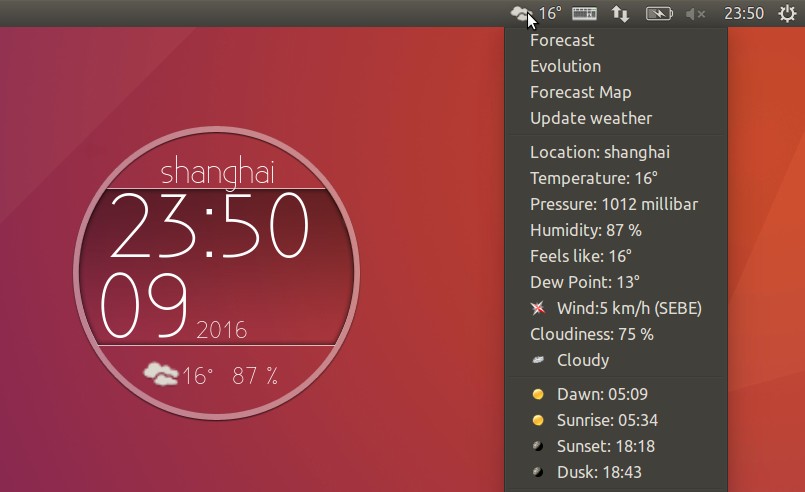
The weightings are based on the experimental CPC blends with some differences: The MIDI uses a weighting of the standardized indices coming from drought indices calculated from the gridMET data product (also in Climate Engine and based on a reference period of 1979–present). Palmer Hydrological Drought Index (PDHI).Standardized Precipitation Index (SPI): 30-day, 90-day, 180-day, 1-year, 2-year, and 5-year.The metrics that go into the experimental CPC blend are: The Multi-Indicator Drought Index (MIDI) products are instead produced through Climate Engine as a weighting of standardized indices for the same drought metrics. The experimental short- and long-term objective blends produced by the National Weather Service's Climate Prediction Center (CPC) are an example of blends being produced as a weighting of percentiles for different drought metrics from past data where the weights are based on expert judgment from drought experts. The Multi-Indicator Drought Index is the result of NIDIS-funded research.Ī blend of different drought indices for short- and long-term time scales can be useful to understand short- and long-term drought for a region. The data are updated every 5 days, with a delay of 4 to 5 days to allow for data collection and quality control.

The short- and long-term MIDI products are created using the Climate Engine tool, and apply the Climate Prediction Center's weighting ratios to the high-resolution gridMET gridded dataset (with a reference period of 1979–present). The long-term MIDI combines PDSI, Z-Index, and 6-month, 1-year, 2-year, and 5-year SPI to to approximate drought impacts from changes in precipitation and moisture over a long-term timeframe.

The short-term MIDI combines the Palmer Drought Severity Index (PDSI), Z-Index, 1-month Standardized Precipitation Index (SPI), and 3-month SPI to approximate drought impacts from changes in precipitation and moisture over a short-term timeframe. This experimental drought map is based on the methodology developed at the NOAA National Weather Service's Climate Prediction Center. by integrating several key drought monitoring indices into a single objective, computer-generated map.

The Multi-Indicator Drought Index (MIDI) looks at current drought conditions across the U.S.


 0 kommentar(er)
0 kommentar(er)
